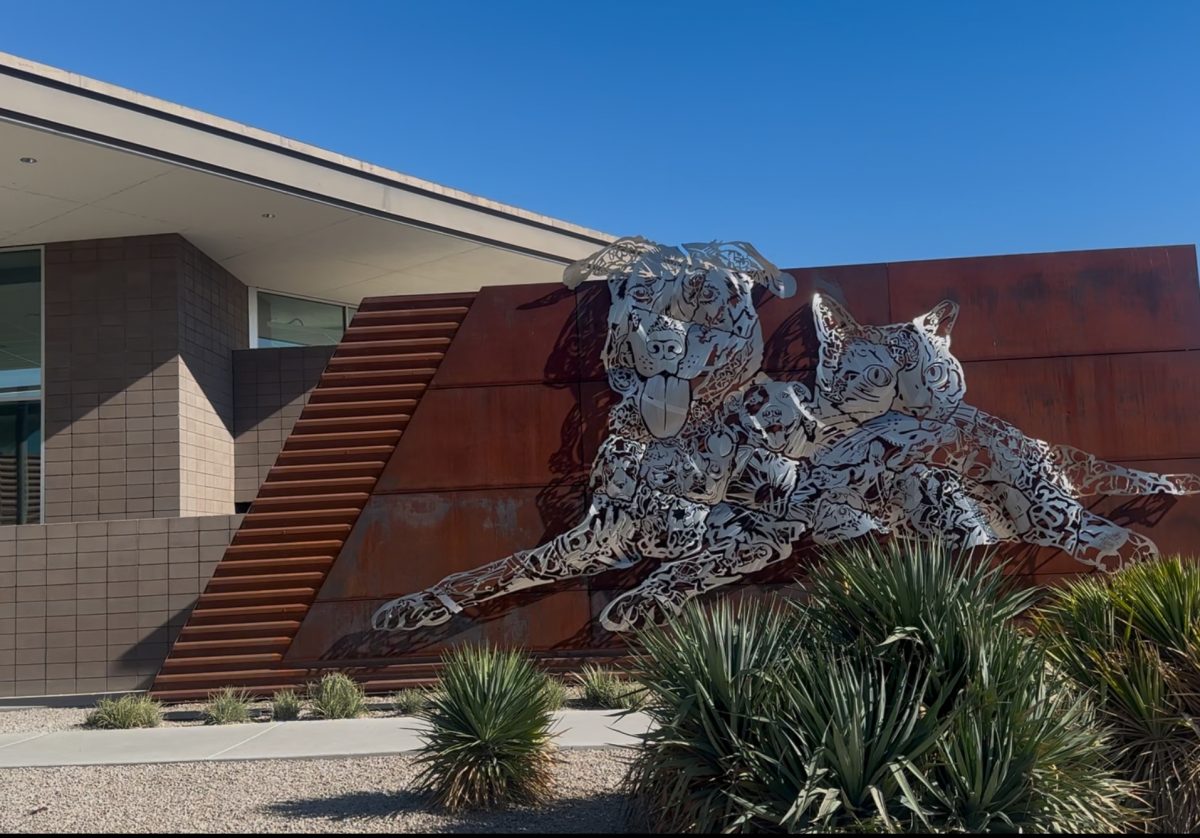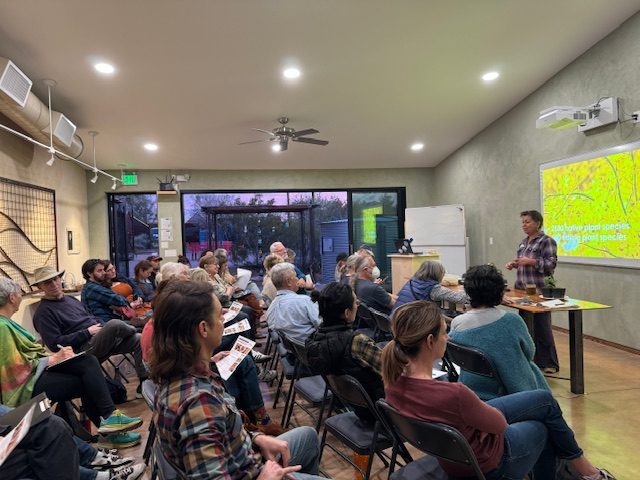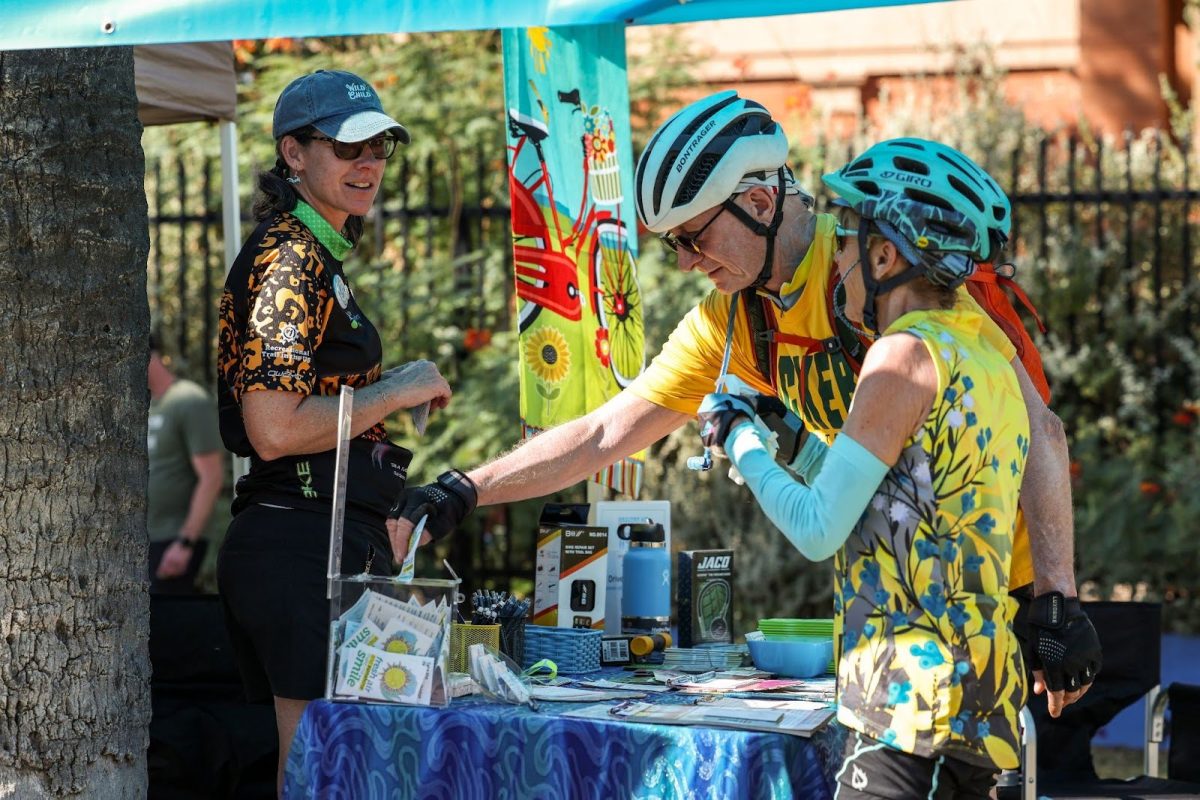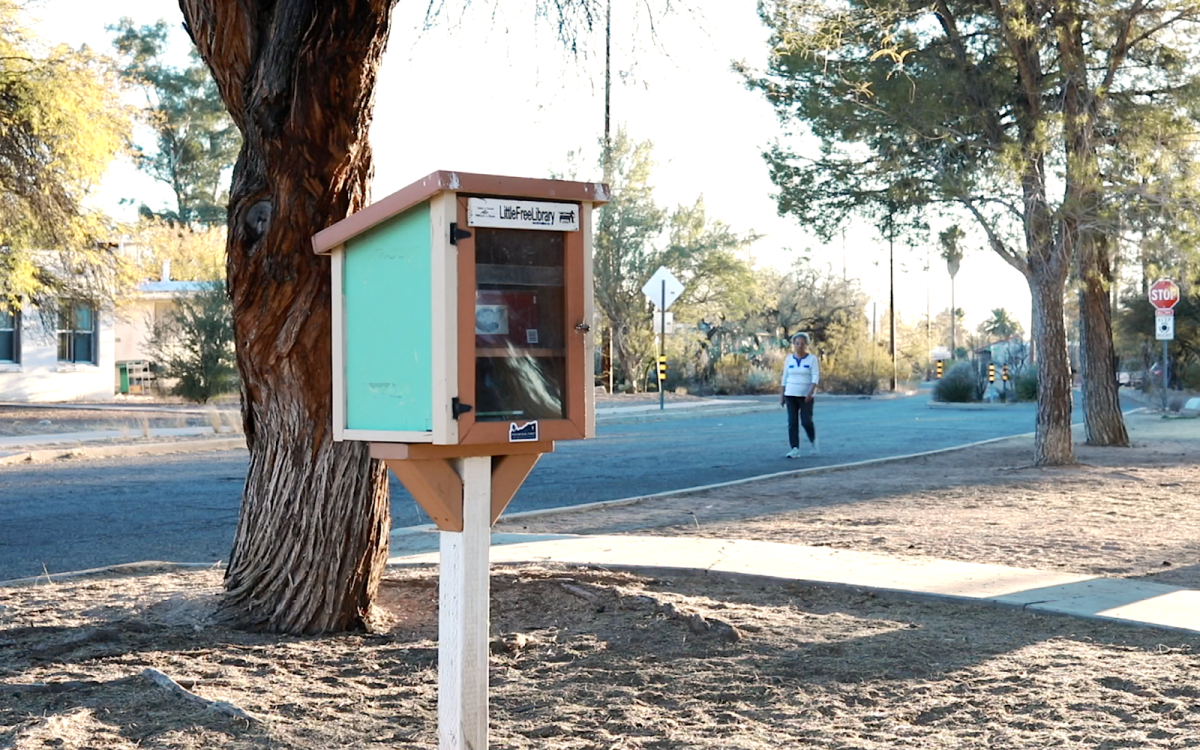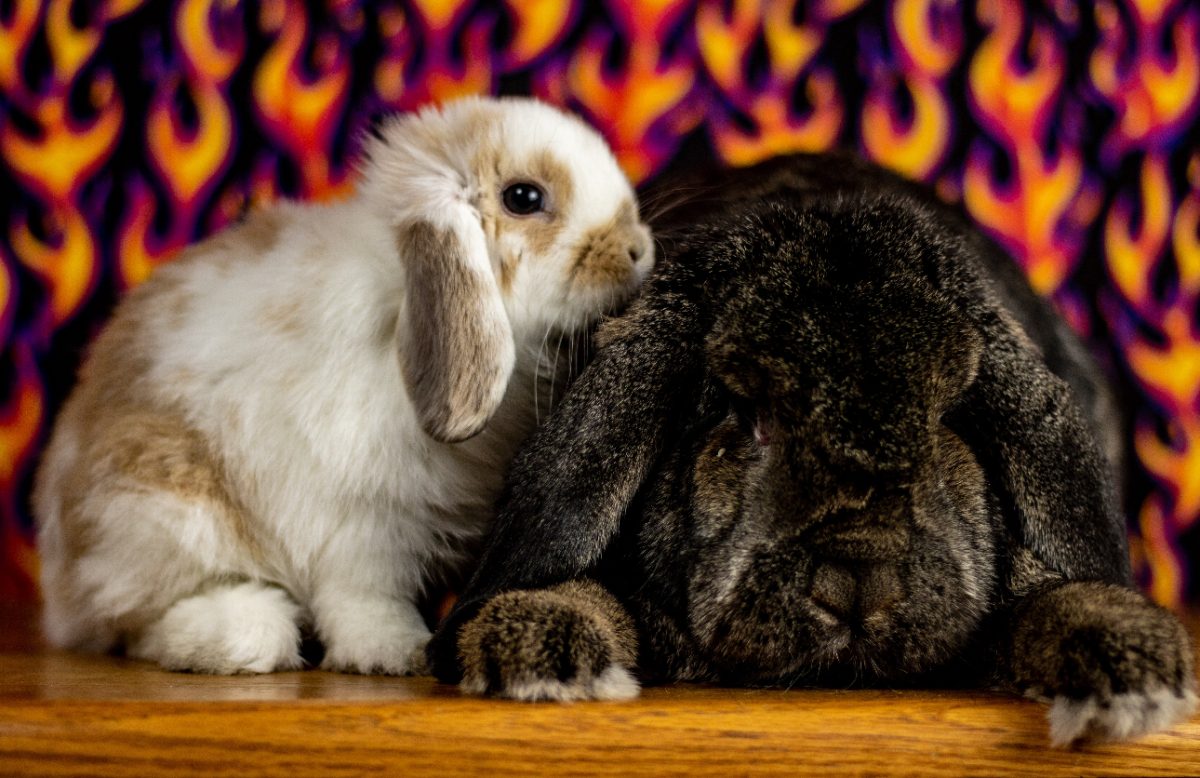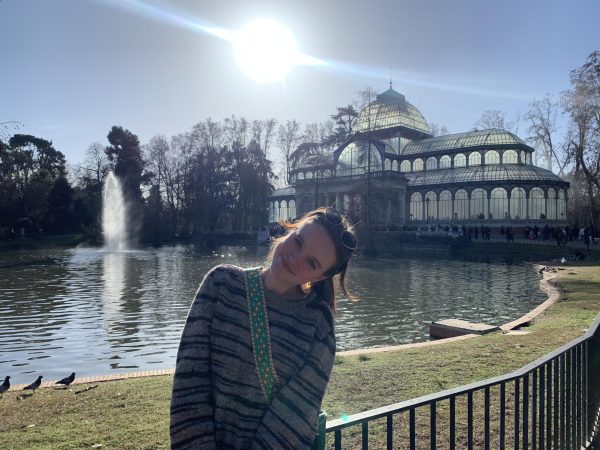With the arrival of spring and warmer temperatures on campus, students are back to rooftops, grassy areas and pool decks, participating in one of the University of Arizona’s favorite pastimes: tanning.
This time of year, brightly colored towels and swim-suit clad students take over at SouthREC, the Highland Bowl and the UA Mall.
“Tanning is one way to feel hot, look hot and then end up glowing by the end of it,” said Chloe Riley, a UA student who tans about five times a week. “I also love the idea of laying and doing nothing but being able to say you’re doing something, i.e. tanning.”
Arizona’s sun is particularly powerful and even dangerous, Riley said, so she does use eye protection and sunscreen when she tans.
“Black girl sunscreen on the face and the orange bottle everyone has on the body,” she said.
Still, she said she doesn’t tend to worry about the risk of skin cancer and other health issues related to tanning.
“I’m black and this melanin is bound to protect me,” she said.
Unlike Riley, Sophia Radin, another UA student, does worry about skin cancer and other potential health risks of tanning.
“I burn super easily, so I’m super adamant about reapplying sunscreen,” she said.
Radin uses Coppertone SPF 50 and regularly wears a baseball cap and sunglasses when tanning, which is usually at least once a week. “It’s fun for me and my friends. It’s easy to do, and it’s something to pass the time,” she said.
While the tanning culture remains strong at the University of Arizona, it’s also dangerous, said Lisa Quale, a health educator at the Skin Cancer Institute. Skin cancer is the number one risk of tanning.
“Most skin cancer is not particularly life-threatening,” she said. “But it can disfigure the skin and can become life threatening.”
In addition to skin cancer, tanning increases the risk of premature aging, skin sagging, freckles and even weakening of the immune system, she said.
“If you go out and stay out in the sun and get a sunburn, maybe you’ll get the cold sores around your mouth,” she said. “That’s your body’s immune system being kind of suppressed.”
She added that people of all skin colors are at risk.
“There’s a little bit of natural SPF to darker skin. But the damaging UV rays are still really damaging for all skin types,” she said.
There is no such thing as a safe tan, and Quale encourages students to consider alternatives.
“If you want a tan look, get a spray tan,” she said.
“All spray tans are just affecting the top layer of skin, which is already dead skin waiting to fluff off,” she added. “It takes that layer of skin and dyes it a darker color. It’s pretty harmless.”
As for tanning beds, Quale couldn’t recommend anything less.
“Tanning beds are actually, in my opinion, way worse than the sun,” she said. “I can’t believe they still exist.”
Tanning beds use close to 100% UVA rays, she said, which penetrate deep into the skin and cause long-term damage.
“They are carcinogenic for humans and one of the top dangers to humans for causing cancer,” she said. “The fact that they exist drives me nuts.”
While spray tans may be the safer option, some students say they’re not as accessible or enjoyable as simply tanning outdoors.
“I don’t use tanning beds or get spray tans,” Radin said. “Just because of the cost, honestly.”
Students who want a natural tan despite the risks should use protection, Quale said. “You have to use sunscreen.”
“As long as it’s SPF 30 or higher, it’s very effective,” she said. “Tanning creams that darken your skin do nothing for you. It’s a dye on top of the skin that offers you no protection at all.”
With a great tan comes great responsibility.
Students who want that glow should consider the risks and alternatives, Quale said.
And those who continue their ritual of relaxing under the Arizona sun with their friends should protect their skin thoroughly.
Arizona Sonoran News is a news service of the University of Arizona School of Journalism.









